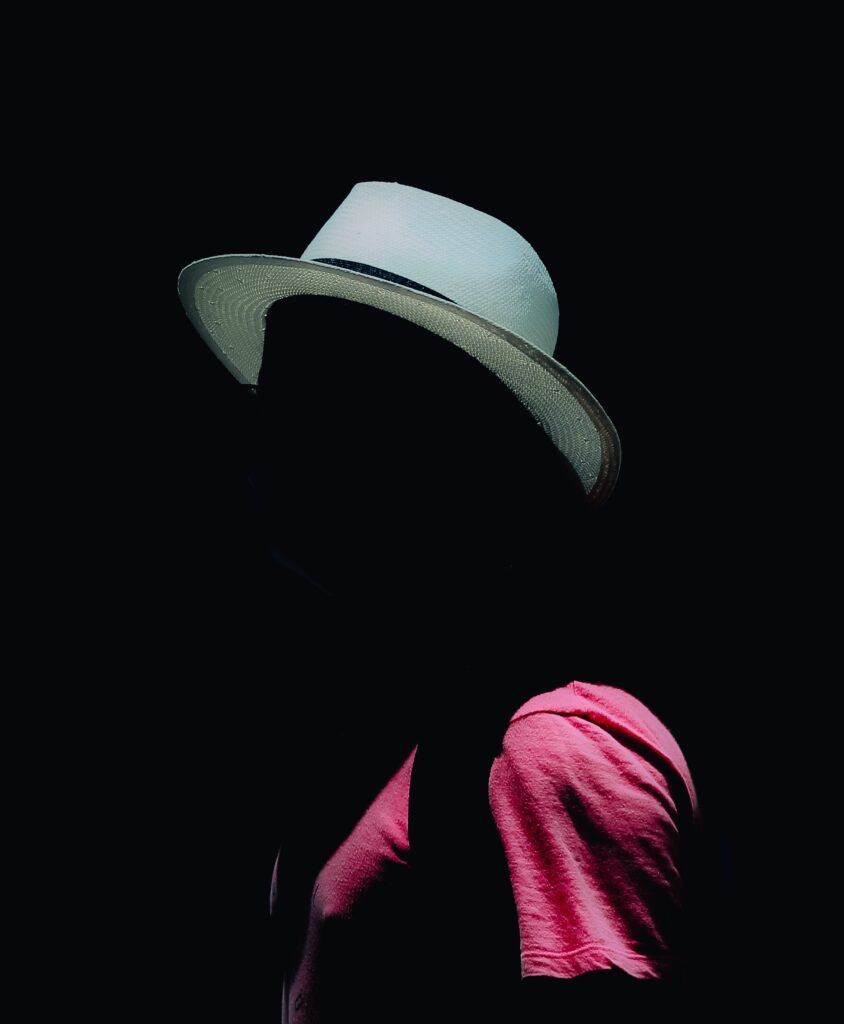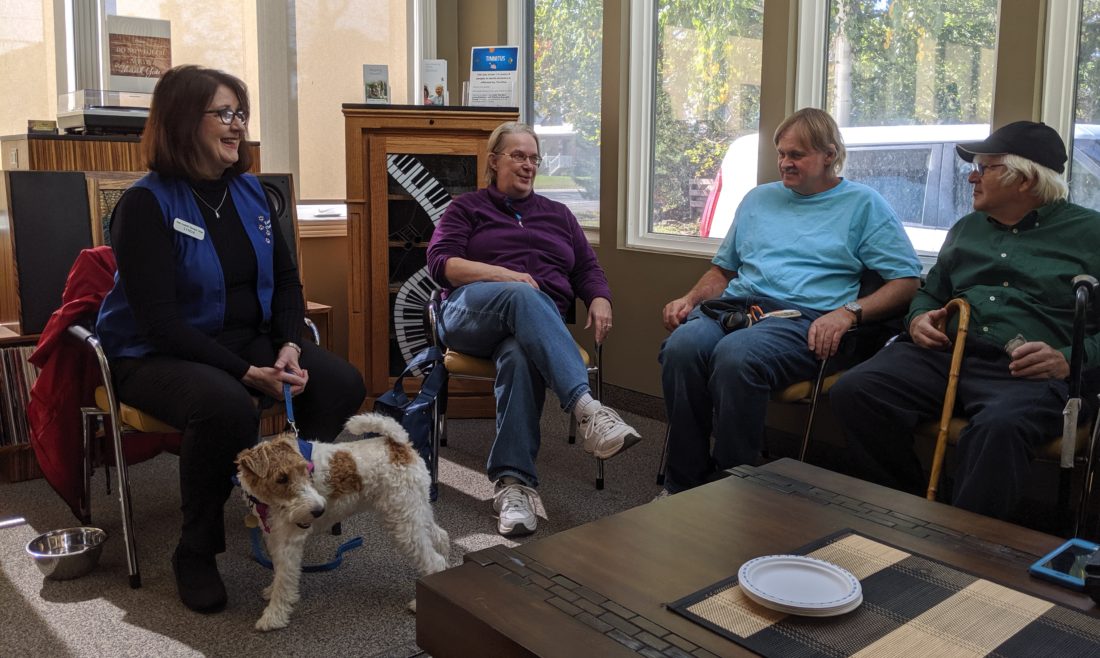
Hearing loss is one of the most prevalent chronic disabilities worldwide. For the most part, it’s also an invisible one. Yet, many people equate hearing aids to glasses, which is not the best comparison. In this article, we’ll discuss how to explain your hearing loss to those around you and some analogies you can use to describe your experience.
Hearing loss is an invisible disability.
Unless people know about your hearing loss, they won’t treat you differently from the next guy. But they don’t understand the mental load it places on you. Unlike other disabilities that use aids, like glasses, crutches, or a wheelchair, you can’t see hearing loss. The assumption is made that if you “look okay,” you don’t have a disability or need for accommodation. But it can be frustrating for all involved when you don’t hear properly, answer incorrectly, or ask others to repeat them regularly. Hearing aids solve one aspect of this problem, but they won’t fix everything.
For example, if you have trouble hearing in noisy environments, you may still miss things and require extra support. Or the person speaking may not know how important it is for them to speak clearly when they talk to you. This is where good communication and analogies can be helpful.
Hearing aids are not like glasses.
These two are often compared, but it’s important to remember they are not equals. Hearing aids, while exceptional at what they do, are not a cure for hearing loss. Unlike glasses, which, when you have the right prescription, will make everything 20/20 again. Hearing aids won’t magically make everything 100% clear and crisp again. Hearing aids help in most environments, but in certain places, like noisy restaurants still pose challenges.
The stigma around wearing hearing aids is also very real compared to wearing glasses. The fact that they’re often seen as an older adult’s accessory makes it difficult for younger people with hearing loss to feel comfortable getting them. Even if it could significantly improve their lifestyle! There are better ways to explain hearing loss and its impacts on those around you.
The Spoon Theory

The spoon theory is an analogy for chronic illness or disability. Created by Christine Miserandino, it explains how much energy you have to do things using the measurement of ‘spoons.’ The more spoons you have, the more non-disabled (or healthy) you are. When your spoons run out, it’s time to rest so that they can recharge and be ready for another day.
Spoon theory is a concept that describes how people with chronic illnesses adapt their daily lives in response to the limitations imposed on them. With limited spoons throughout the day to accomplish tasks such as getting dressed, going grocery shopping, going to work, or socializing, the more spoons spent on one activity, the fewer spoons left for other activities—which could result in reduced concentration or not accomplishing what you need to.
We can use this analogy with hearing loss as an invisible disability because specific environments or activities will take more spoons: the physical or mental energy. For example, you wear your hearing aids all day, which helps hold onto some of your spoons. But talking on the phone or going to a noisy environment will cost you more spoons than someone without hearing loss. Tools like hearing aids and other good communication strategies can alleviate some energy depletion, allowing you to keep more spoons for other activities.
A better analogy
If you find yourself talking about your hearing loss, using the spoon theory is a great tool to help others explain the impacts of hearing loss. Another example would be to use the analogy of walking with someone with a physical disability; for example, using a knee brace, crutches, or a walker. While some of these are visible, let’s say the knee brace is not. It’s something you wear to help support your body, but it doesn’t make the knee 100% functional again. In the same way, hearing aids don’t cure hearing loss, but they make it easier for people to communicate more efficiently.
Using our example of walking with a knee brace, let’s think about it this way.
You’re going for a walk with your friend (you don’t know they are wearing a knee brace). As you get going, you notice they are walking slower than you. Naturally, you slow down to walk alongside them at their pace. If you kept going without consideration for them, you’d leave them behind on your walk. Hearing loss requires the same consideration; the ears take more time to process what is happening.
Hearing aids aren’t like glasses; they are more like knee braces!
Conclusion
Hearing loss is an invisible disability. For the most part, hearing aids are discreet, so it can be hard to tell whether they have them on. Chances are that only people will know if they’re told by someone with hearing loss or a loved one who knows about their condition. In addition to this problem, there are many misconceptions about what it means when someone wears hearing aids and how they work. Using the spoon theory or other analogies can help you explain hearing loss to those around you. No one wants to use their spoons unnecessarily–and there are many ways people can create better communication environments with you:
- Use clear speech at normal volume levels when talking face-to-face or on the phone; avoid shouting when possible.
- Face each other when having conversations in person so that both parties can see each other’s faces clearly.
- Slow down, but a little bit, and pause between subject changes. This help you keep up and not feel like you’re reading the credits at the end of a movie playing catch up.
We hope these tips help and provide you with some new tools to discuss your hearing loss.



Recent Comments